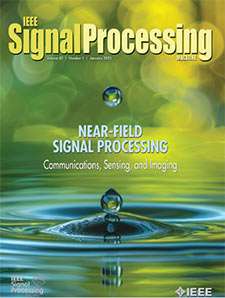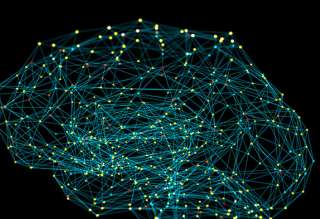Reflecting on the Success of ICASSP 2023
Top Reasons to Join SPS Today!
1. IEEE Signal Processing Magazine
2. Signal Processing Digital Library*
3. Inside Signal Processing Newsletter
4. SPS Resource Center
5. Career advancement & recognition
6. Discounts on conferences and publications
7. Professional networking
8. Communities for students, young professionals, and women
9. Volunteer opportunities
10. Coming soon! PDH/CEU credits
Click here to learn more.
Reflecting on the Success of ICASSP 2023
As we gear up for the International Conference on Acoustics, Speech, and Signal Processing (ICASSP) 2024, it is essential to take a moment to celebrate the achievements and highlights of ICASSP 2023, which took place on Rhodes Island, Greece, this past June. ICASSP 2023 was a momentous event as it marked the first postpandemic ICASSP, and the return to in-person meetings. With the theme “Signal Processing in the AI Era,” the conference underscored the strong connection between signal processing and machine learning, highlighting the pivotal role of signal processing in shaping the development of artificial intelligence (AI).
ICASSP 2023 surpassed all expectations, with close to a 50% increase in submitted and accepted papers compared with previous submission records. More than 4,000 participants, with over 3,700 attending in person, demonstrated the key role of signal processing in both academia and industry, underscoring the importance of our community in advancing the field of AI. Spearheading the event were the general chair, Prof. Petros Maragos (NTUA, Greece) and cochairs Kostas Berberidis (U Patras, Greece), and Petros Boufounos (MERL, USA), led a committee of distinguished academics and practitioners who curated an outstanding technical program.
ICASSP 2023 coincided with the 75th anniversary of the IEEE Signal Processing Society (SPS), and the program was designed to commemorate this milestone. Various activities took place [1], showcasing the evolution and impact of signal processing over the decades.
Aligning with the conference theme, the role of signal processing in AI took center stage during the plenary talks. Distinguished speakers delivered captivating talks to shed light on this vital angle. Andrea Goldsmith’s “Disrupting NextG” plenary emphasized the outsized role of signal processing in next-generation wireless technologies. She highlighted the symbiotic relationship between machine learning and signal processing, underscoring that knowledge of the application and data can lead to more effective and explainable machine learning algorithms for wireless communications. Richard Baraniuk’s talk, “The Local Geometry of Deep Learning,” provided a fresh perspective on deep learning algorithms by exploring them through the lens of approximation theory via splines. This novel approach opened a window into the inner workings of these algorithms, offering valuable insights. Michael Jordan’s plenary, “An Alternative View on AI: Collaborative Learning, Incentives, and Social Welfare,” envisioned a future AI landscape that is more collective and autonomous, with a focus on statistical evaluation. Christos Papadimitriou’s talk, “How Does the Brain Create Language?,” delved into a model-based approach for understanding brain functions, with potential applications in emulating high-level cognitive phenomena. He discussed ongoing efforts to create a neuromorphic language organ within this framework.
SPS Social Media
- IEEE SPS Facebook Page https://www.facebook.com/ieeeSPS
- IEEE SPS X Page https://x.com/IEEEsps
- IEEE SPS Instagram Page https://www.instagram.com/ieeesps/?hl=en
- IEEE SPS LinkedIn Page https://www.linkedin.com/company/ieeesps/
- IEEE SPS YouTube Channel https://www.youtube.com/ieeeSPS













